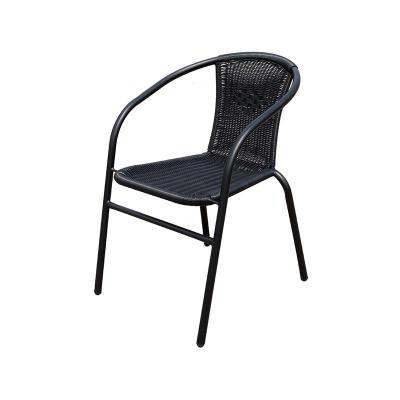Rattan furniture

The Victorian era marked a significant turning point for outdoor rattan dining. During this period, rattan furniture gained immense popularity in Europe and North America. The intricate weaving techniques and the lightweight nature of rattan made it an ideal choice for creating elegant yet functional pieces. This era saw the emergence of rattan as a fashionable material, with many households incorporating outdoor rattan dining sets into their gardens and patios. The aesthetic appeal of rattan, combined with its practicality, made it a staple in outdoor furniture design.
In the United States, the production of outdoor rattan dining furniture began in the mid-19th century. The Wakefield Rattan Company played a pivotal role in popularizing rattan furniture, introducing innovative designs that catered to the American market. This period marked the transformation of rattan from a traditional material into a modern staple for outdoor living spaces. The versatility of rattan allowed for the creation of various styles, from rustic to contemporary, making it suitable for a wide range of tastes.
As the 20th century progressed, the demand for outdoor rattan dining furniture continued to grow. The introduction of synthetic rattan, or PE rattan, revolutionized the industry. This material mimics the appearance of natural rattan while offering enhanced durability and weather resistance. As a result, outdoor rattan dining sets became increasingly popular in commercial settings, such as restaurants and cafes, where they could withstand the elements while providing a stylish dining experience for patrons.
- Art
- Causes
- Crafts
- Dance
- Drinks
- Film
- Fitness
- Food
- Jocuri
- Gardening
- Health
- Home
- Literature
- Music
- Networking
- Alte
- Party
- Religion
- Shopping
- Sports
- Theater
- Wellness


